
Photo Gallery | 180328 Views | May 06,2019
Oct 26 , 2025. By YITBAREK GETACHEW ( FORTUNE STAFF WRITER )
The revised investment incentive policy represents a deliberate effort to attract new capital and spur growth, while closing loopholes and reducing opportunities for abuse. Whether the revised investment law will succeed in facilitating a more vibrant and productive investment climate remains an open question, as both investors and the government face the challenges of bureaucracy, oversight, and reform.
The federal government is making a landmark shift in its investment incentive regime, moving away from broad-based tax holidays toward a performance-based and sector-specific framework. The changes are driven by an attempt to rationalise the incentive structure while combating regulatory abuse, but they are not without controversy.
For years, policymakers had dangled generous tax exemptions and customs waivers as bait to attract foreign and domestic capital. However, officials now argue that the system was rife with abuse and lacked sufficient oversight. Federal officials characterised the investment overhaul as both a corrective measure and an attempt to align Ethiopia with best practices from peer economies in the region.
Mulay Woldu, director of Taxation at the Ministry of Finance, on King George VI St., was candid in his critique, citing six years of internal review that identified 35 institutions that have provided incentives.
“Are the incentives being used properly?" he wondered. "No one supervised them. The system was vulnerable to abuse.”
Federal officials concluded that previous incentives had focused on short-term ventures, rather than encouraging investment in durable, machine-operated industries.
“Tax holidays are no longer available,” Mulay declared, confirming that the benefit will be revoked along with the broader regulatory overhaul.
He attributed governance issues and persistent bureaucracy to core challenges undermining the sectors targeted by the incentives. According to Mulay, these structural weaknesses needed to be addressed if Ethiopia was to build a sustainable investment environment.
The federal government has revised the investment law six times since 1992, with each revision liberalising sectors, expanding incentives and revising investor rights and obligations. The latest investment proclamation, issued five years ago, overhauled the investment regime, opening the service sector to foreign capital, clarified the negative-list approach, and reduced the number of sectors exclusive to the state, such as the telecom sector.
At a meeting held inside the Finance Ministry on October 21, 2025, participants pressed officials for clarity on the new revisions.
While eliminating tax holidays is bound to reduce their appeal to some investors, federal officials pledge to replace them with more targeted, measurable, and enforceable incentives. Investors hoping to tap into government incentives for expanding their enterprises should now obtain new investment permits and register each expansion project under the business license, regardless of whether the same investor already operates in the sector.
Each type of investment will be licensed independently, a change that industry insiders say could reshape how companies grow and how incentives are distributed across the economy.
Some industry leaders, such as Mekonnen Sata, Lucy Farming's chief commercial officer, voiced cautious optimism. He acknowledged the authorities' objective of boosting productivity, noting that the revised incentive package offers greater benefits than the previous one. But he also warned the system could become bogged down in bureaucracy, stifling the ease of doing business.
“Redundancy will linger under this system," Mekonnen told Fortune. "The ease of doing business will be restrained.”
Lucy Farming currently operates a 3,500hct plantation in Omo and another 1,500hct in Arbaminch, where the company now seeks to venture into agro-processing, a step that will demand a new license under the revised regulations.
Federal officials argue that the changes are necessary to fix problems in the old system. Wasihun Abate, a tax policy advisor at the Finance Ministry, believes existing investments and new expansions are now treated as distinct entities, each requiring its own license to receive incentives.
“A new investment permit is mandatory for expansion to receive incentives,” he said. “There is no need to merge the past system with the new one.”
Mekonnen remained concerned that the new requirement to obtain a separate investment license for each expansion could drive up costs and administrative burdens. According to Mekonnen, the process would run more smoothly if less paperwork were required and authorities focused on facilitating rather than complicating business expansion.
“When we apply for a license, there’s a disconnect between what the system says and what you actually do," he said. "We'll fall victim to subjective causes.”
Wasihun argued that the former incentive regime was ineffective, enabling investor abuse and failing to serve public interests. The new framework, he said, is designed to address these issues and broaden access to incentives for previously excluded sectors. But some industries remain outside the scope of incentives, including the alcohol beverages sector.
“When we say incentives, everyone thinks of tax breaks, but it does not only mean that,” Wasihun said. “It's about supporting and initiating investors to invest more, be productive, and be effective. It isn't for retailers to benefit from.”
Wasihun disclosed new forms of incentives, including changes to duty-free and customs privileges, which, he argued, are intended to encourage investment.
“The government shouldn’t lose to provide incentives,” Wasihun said.
Investment incentives are economic benefits governments provide to encourage investment. These can take the form of tax exemptions, deductions, or concessional loans, typically based on the size, location, or performance of the investment. The scheme often entails the government forgoing potential revenue in the hope of stimulating economic activity.
Bereket Alemayehu, an expert in economic law and policy, observed that governments grant incentives to encourage both new investment and expansion, which are believed to benefit the broader economy. The revised incentives package, he noted, offers substantial tax and duty-free benefits designed to attract large-scale capital, particularly to Special Economic Zones (SEZs) and the technology sector.
The most notable aspect of the new policy is a reduced business profit tax rate of five percent for up to 15 years, targeting mainly special economic zone developers and startups. Other sectors, such as enterprises and exporters operating in these zones, will benefit from preferential rates between 10pc and 15pc. SEZ entities are allowed to import capital goods, construction materials, and spare parts entirely free of customs duties and taxes. There is also a five-year dividend tax exemption intended to improve investor returns for startups.
Perhaps the most valuable incentive, a one-time investment capital deduction, is reserved for mega-projects with an investment threshold of one million dollars or more. SEZ developers and sub-developers should invest at least 75 million dollars to qualify for these top-tier incentives.
Tewedaj Mohammed, head of the Legal Affairs Department at the Ministry, disclosed that the new regulation specifies which sectors qualify for tax incentives, including special provisions for mining, petroleum, natural gas, and geothermal investments. According to him, these reforms were introduced alongside the new income tax proclamation, signalling a shift to a performance-based incentive system.
“No incentive will be given to those who merely open a business," Tewedaj said. "It focuses on manufacturing, export, and importing for investment. The incentives are granted to new investments that create additional capacity or value.”
Expansion projects can also access customs duties and tax incentives on capital and construction equipment if they are implemented in phases under a performance agreement, which officials will monitor. According to Tewedaj, SEZ developers and companies enjoy special long-term reduced income tax rates and customs privileges, while startups and startup ecosystem developers receive lower income tax rates and exemptions from dividend and capital gains taxes.
“The ordinance provides a comprehensive package of incentives to attract and promote investment, including both tax and customs incentives,” Tewedaj said. "Investors can benefit from an investment capital allowance, which reduces taxable income based on qualifying expenditure. A reduced income tax rate is also available to promote targeted sectors and activities."
Other features include exemption from the alternative minimum tax, which lightens the tax burden for eligible entities, and exemptions from dividend and capital gains taxes, which encourage reinvestment and capital formation. A tax credit against payable income tax is also available, designed to help investors offset their tax liabilities and improve project viability.
For all the talk of new benefits, the business community remains cautious.
Yohannes Abebe, an advisor at the Ethiopian Horticulture Producers & Exporters Association (EHPEA), saw the revised incentives are an improvement but that more could be done to support investment expansion.
“When an investor reinvests, it should be supported, not constrained by additional requirements,” Yohannes said. “It might not be a major obstacle if acquiring a new license were a simple task, but in my experience, it is encumbered by bureaucracy.”
Yohannes argued that requiring investors to secure a new permit for every expansion was excessive, especially given the limitations they have already cleared. He disclosed that several horticulture firms plan to expand, some by as much as 200hct, but now face the prospect of having to meet new licensing requirements to access incentives.
“Reinvestment comes from capital expansion; the government must support that, not add bureaucracy,” Yohannes said.
He did, however, applaud the clarity on land development. In the past, land could be expropriated if investors failed to meet their business plans. Now, phased development agreements can be arranged, with official inspections to ensure compliance.
Bereket, the expert, believes that the success of any incentive program depends on robust legal and institutional frameworks. Without these, he warned, incentives are liable to abuse, potentially benefiting those who do not deserve them and harming national interests and fair competition. Oversight, he said, is an essential part of the government’s role in regulating investments.
Bereket observed that the licensing system has been digitised to ensure that “expansion” is verified. The investment law defines expansion as a 50pc or greater increase in production or service capacity, or a 100pc or more increase in product or service lines, or both.
Sani Tuke Jonja, an international Investment advisor and founder of Optimum Logistics, sees potential in the revised law but is concerned about the potential increase in bureaucracy.
“Incentives are decreasing now,” Sani said.
He warned that reducing incentives could slow manufacturing activity and ultimately raise costs for consumers, especially amid the country’s foreign exchange constraints.
“If investors don’t receive support, investment will be severely affected,” he told Fortune. “Investment incentives are supported in all countries.”
Sani also raised concerns about agricultural incentives, stating that the sector is the livelihood of 80pc of Ethiopians and calling for greater focus on agro-processing.
“Agriculture, manufacturers, and exporters must be given priority,” Sani argued.
However, he conceded that if investors fail to fulfil their commitments, any benefits received should be revoked and the government should strengthen inspection and enforcement. Investing in Ethiopia, Sani observed, involves overcoming bureaucracy across utilities, customs, banks, and government agencies. He urged the Finance Ministry to centralise processes to cut red tape.
“If the Minister prepares regulations but the districts fail to implement them, that’s another headache for investors,” Sani said.
PUBLISHED ON
Oct 26,2025 [ VOL
26 , NO
1330]

Photo Gallery | 180328 Views | May 06,2019

Photo Gallery | 170525 Views | Apr 26,2019

Photo Gallery | 161559 Views | Oct 06,2021
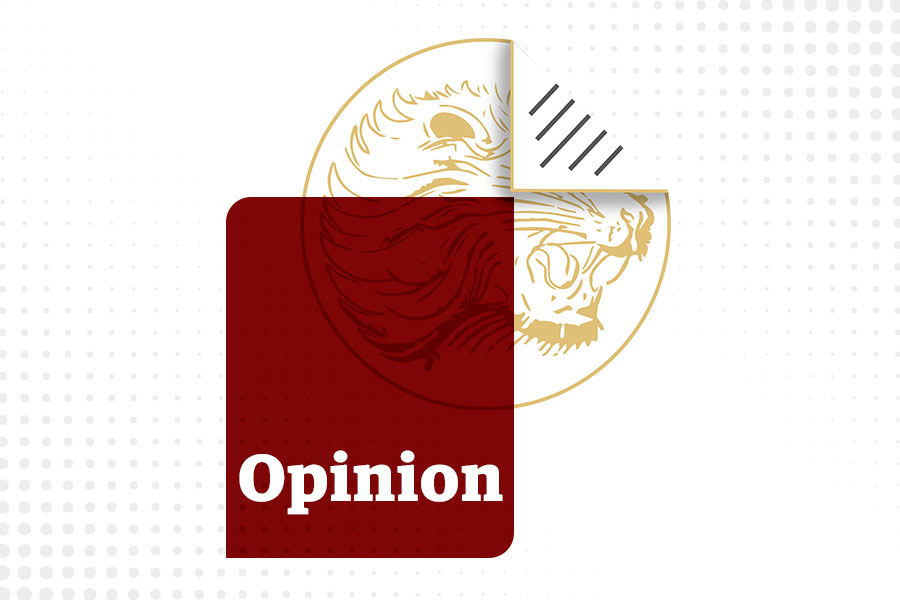
My Opinion | 137274 Views | Aug 14,2021
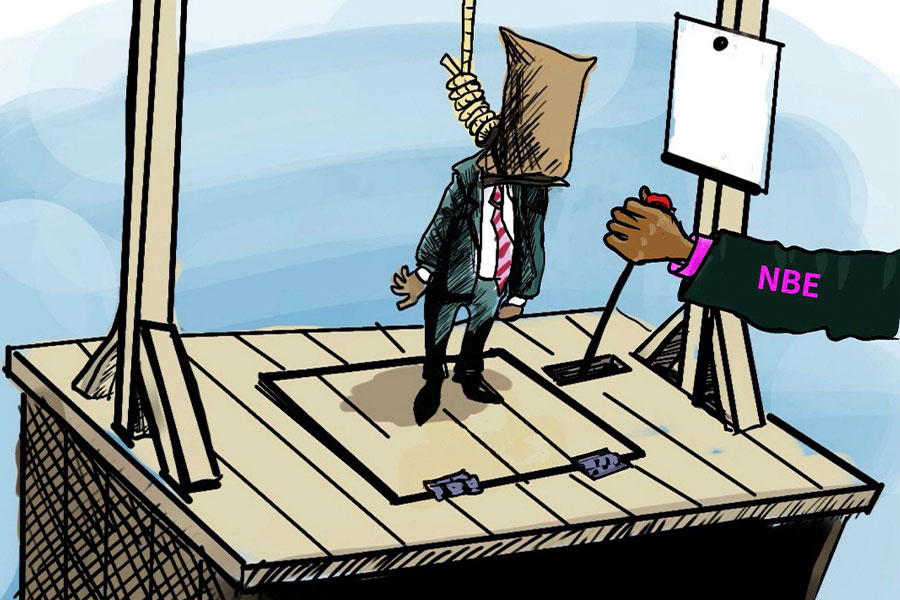
Nov 1 , 2025
The National Bank of Ethiopia (NBE) issued a statement two weeks ago that appeared to...
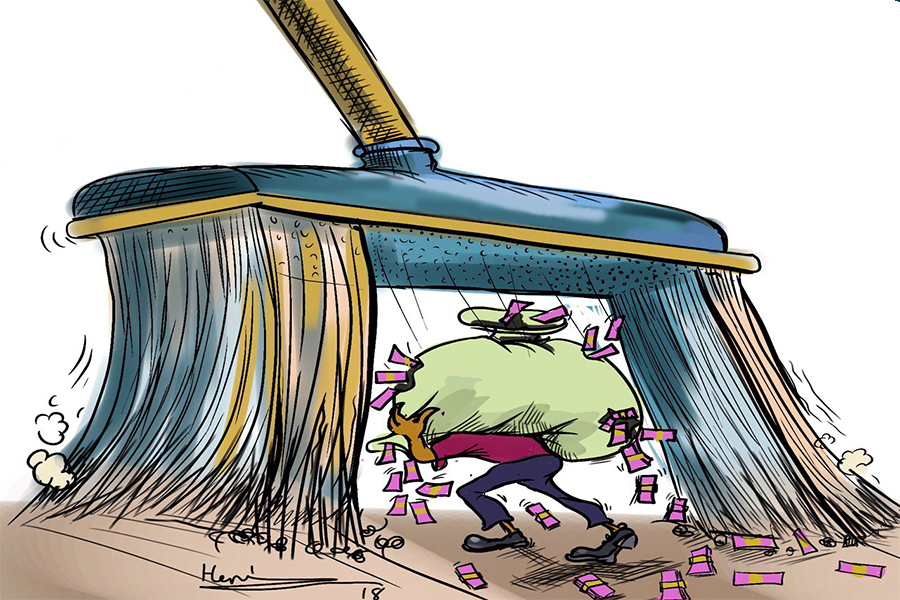
Oct 25 , 2025
The regulatory machinery is on overdrive. In only two years, no fewer than 35 new pro...
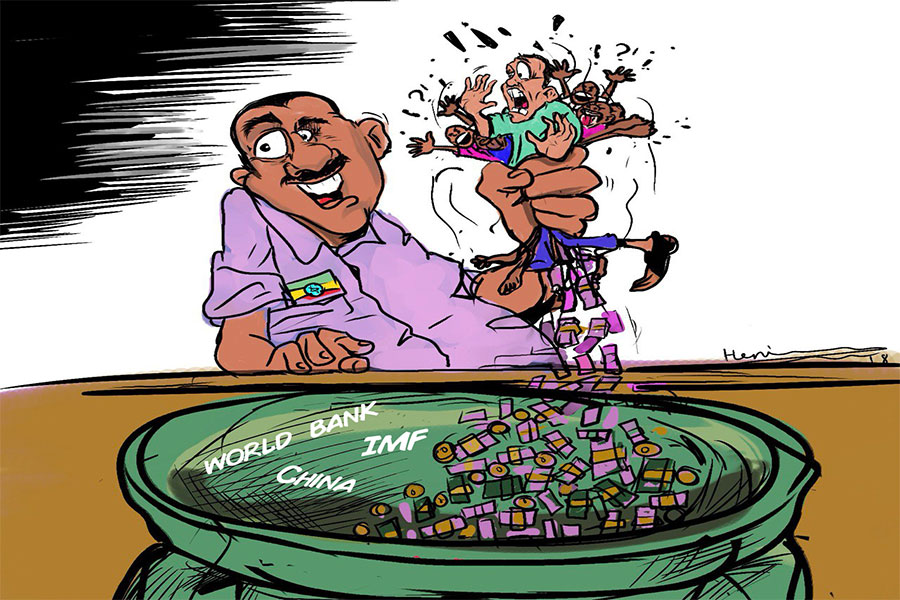
Oct 18 , 2025
The political establishment, notably the ruling party and its top brass, has become p...
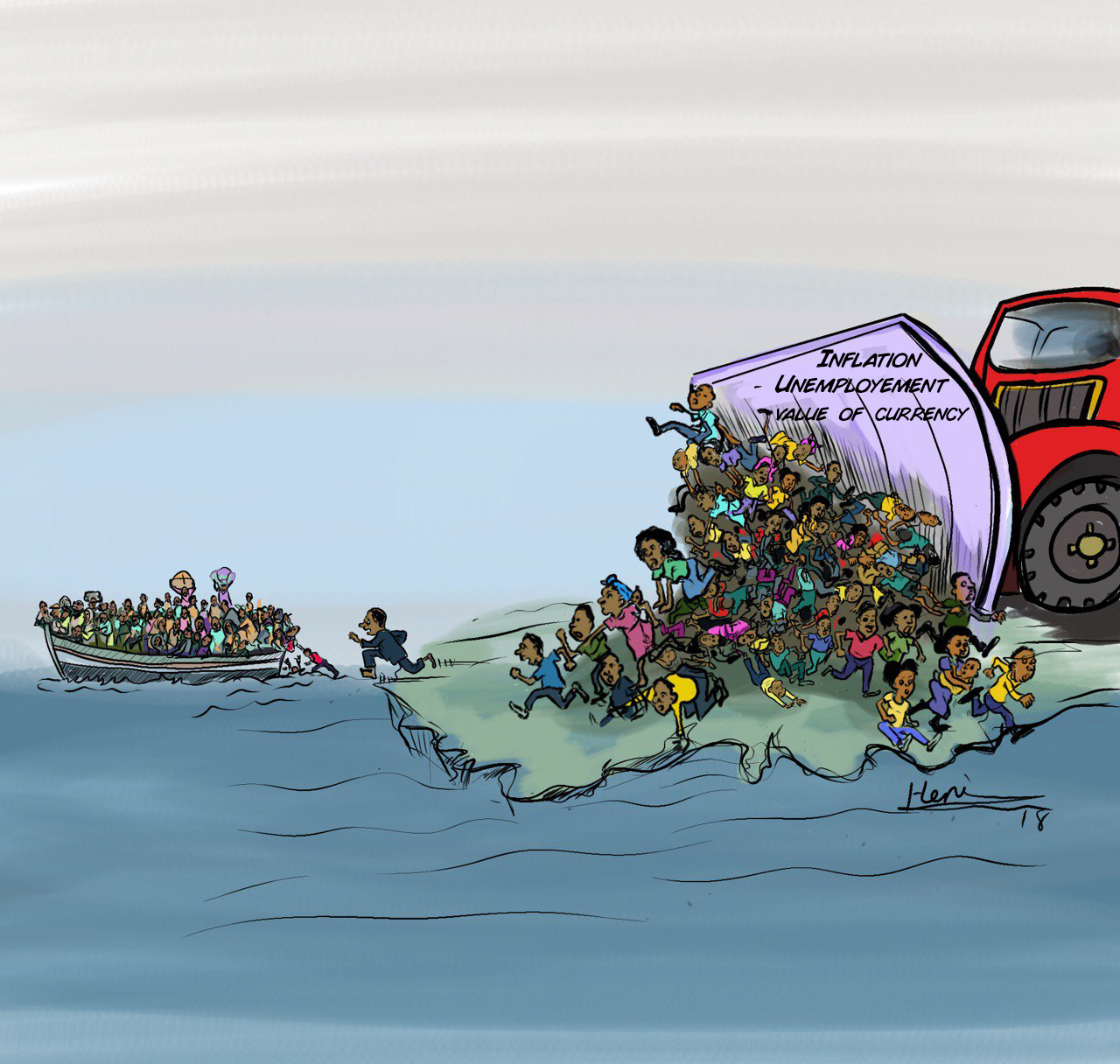
Oct 11 , 2025
Ladislas Farago, a roving Associated Press (AP) correspondent, arrived in Ethiopia in...